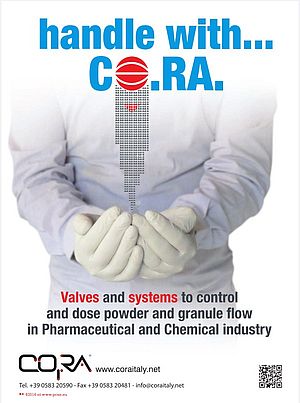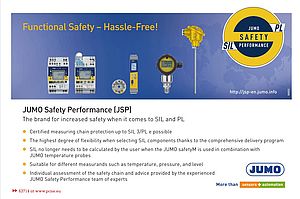In catastrophic risk management, the hazardous properties of materials, substances and energy never take any time off to allow us to figure out how to contain and manage the associated risks. We fully know how to effectively manage such risks through a system known as process safety management. So why do major catastrophic accidents keep occurring? Such events don’t usually occur because of a blatant disregard for safety precautions; especially as many who bear the full impact are the front-line workers who are so frequently blamed as the cause for not following the rules or procedures.
Understand and Describe Risk in Plain Language
The answer lies in the education and understanding of major hazard risks and in presenting the concepts of process safety management in plain and simple terms for all those involved. Delivering safety and environmental protection involves people at all levels within an organisation and is not just the responsibility of a small dedicated professional team. We all have to ‘Get on the Same Page’ and get involved in the same way, because the hazards are always present, no matter how inconvenient for us. Confusion, misunderstanding and misaligned priorities can all lead to catastrophic consequences.
The term process safety does not conjure up a shared understanding. It has tended to be the preserve of safety professionals and engineers who frequently describe this aspect of risk management in complex language; using phrases such as safety barriers, bow ties, as low as reasonably practicable, ALARP, SFIRP, Safety Integrity Level, SIL, HAZOP, HAZID and more.
No wonder that ordinary workers and senior executives lose interest within the first few minutes into a discussion. A simpler, plain language approach is needed.
Simple Questions
The way to manage catastrophic risks can be broken down into simpler solutions, agreed and communicated throughout an organisation:
- How could it go catastrophically wrong? – Hazard Identification.
- Where/when will the process most likely go wrong and what will the consequences be?
- What controls or systems are there to prevent a major accident or to limit escalation?
- Which of these are most vulnerable to failure?
- What information is available to show these control systems continue to operate to the desired performance standard?
Driven from the Top
Implementing and maintaining a process safety management system does not occur spontaneously. It has to be driven and led by senior executives from Board level down through the organisation. Strong process safety leadership is required.
Controls need to fit the Risk like a Glove
Unfortunately, there is no ‘one size fits all’ solution to the control and mitigation measures required to prevent the catastrophic failure of plant and its equipment. Controls have to be closely tailored to the risks, the way the plant or equipment could fail, and the profile of the organisation. If key measures are missed a major hazard challenge might not be effectively controlled. Overdoing it will lead to ‘gold plating’, incurring unnecessary expense in design and operation.
A great deal of thought and effort is required to design and implement the right system, tailored to the risk profile of the organisation.
Get on the Same Page
Use plain language – after all people ‘do’ safety not systems. My proposal for everyone involved in major hazard risks is to ‘get on the same page’. This ensures that everyone working at such risk fully understands the hazards they are exposed to, and accepts the associated control measures and procedures. A degree of differentiation and visibility is also required against a backdrop of ‘proceduralisation’ of business activities.
























































